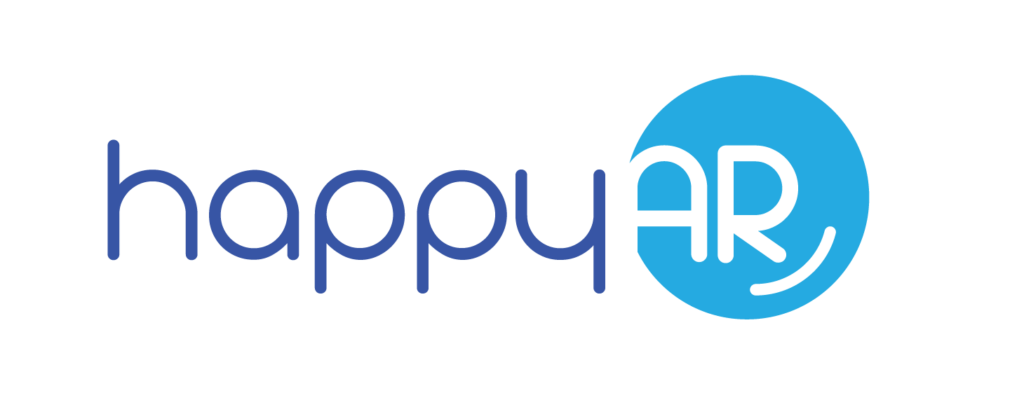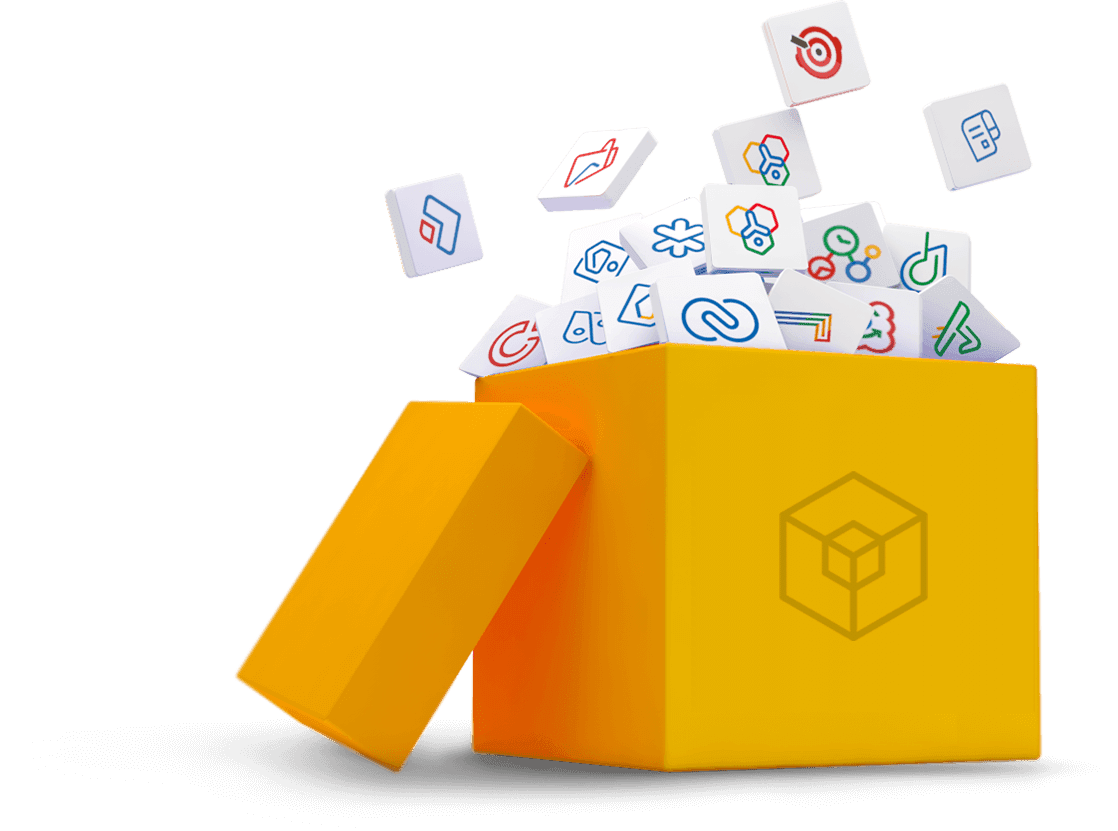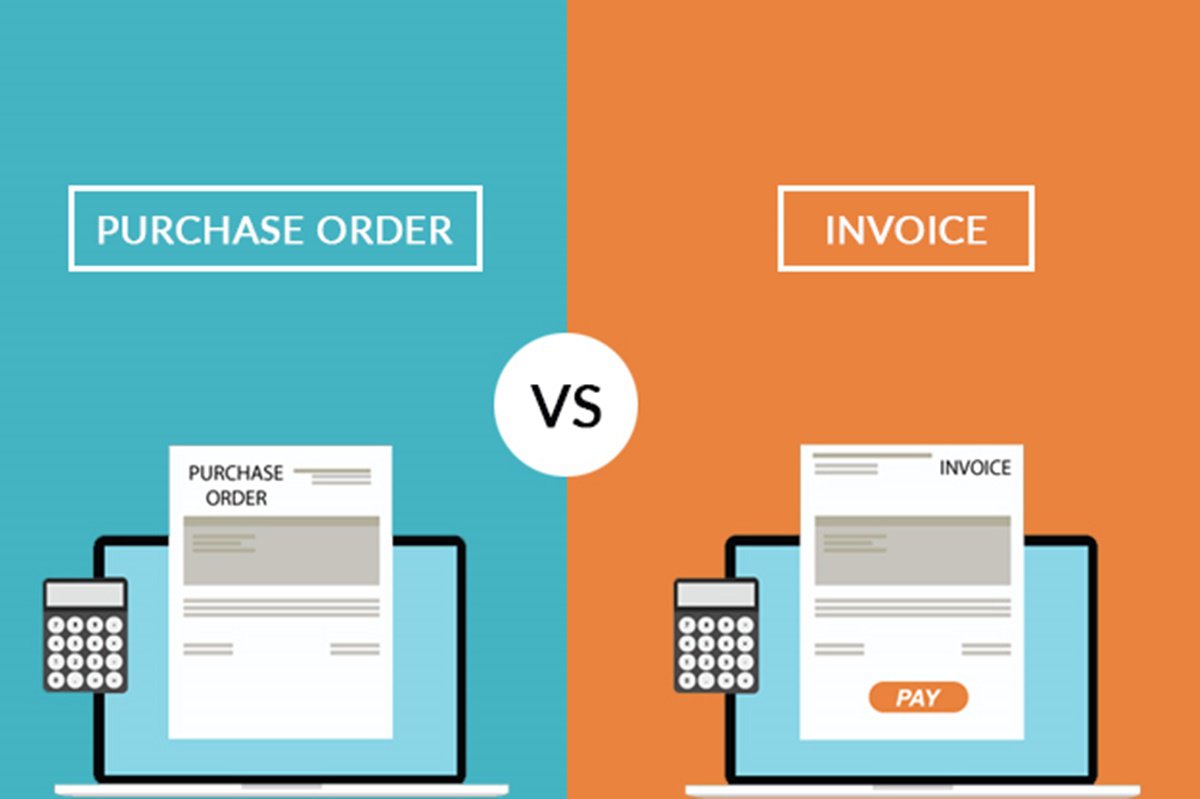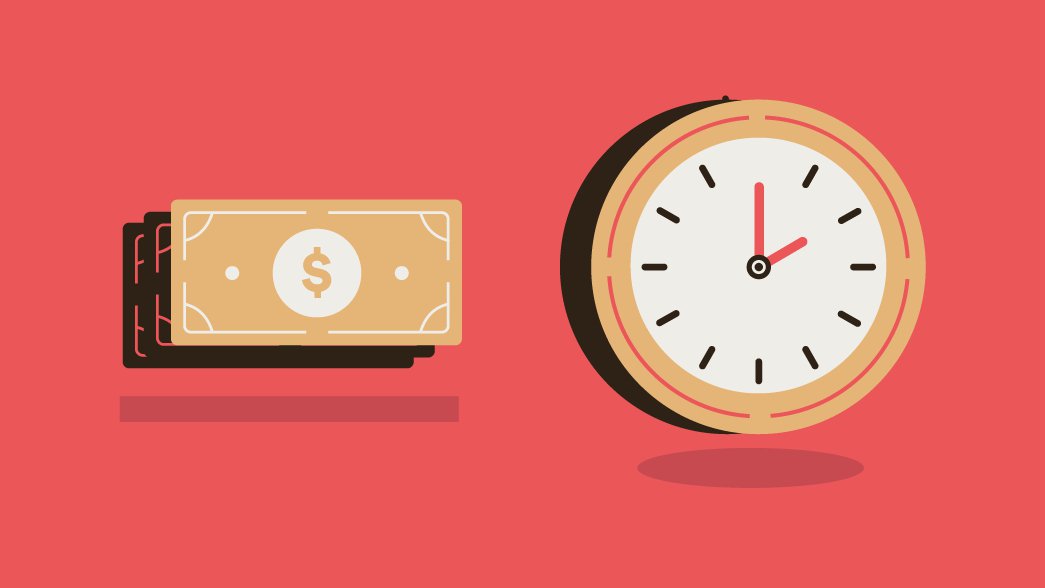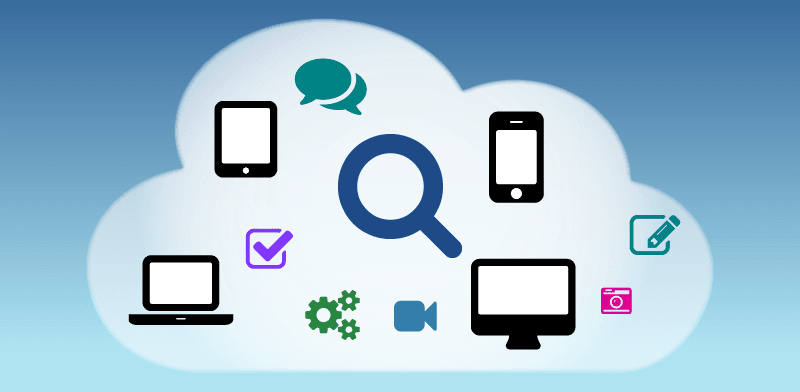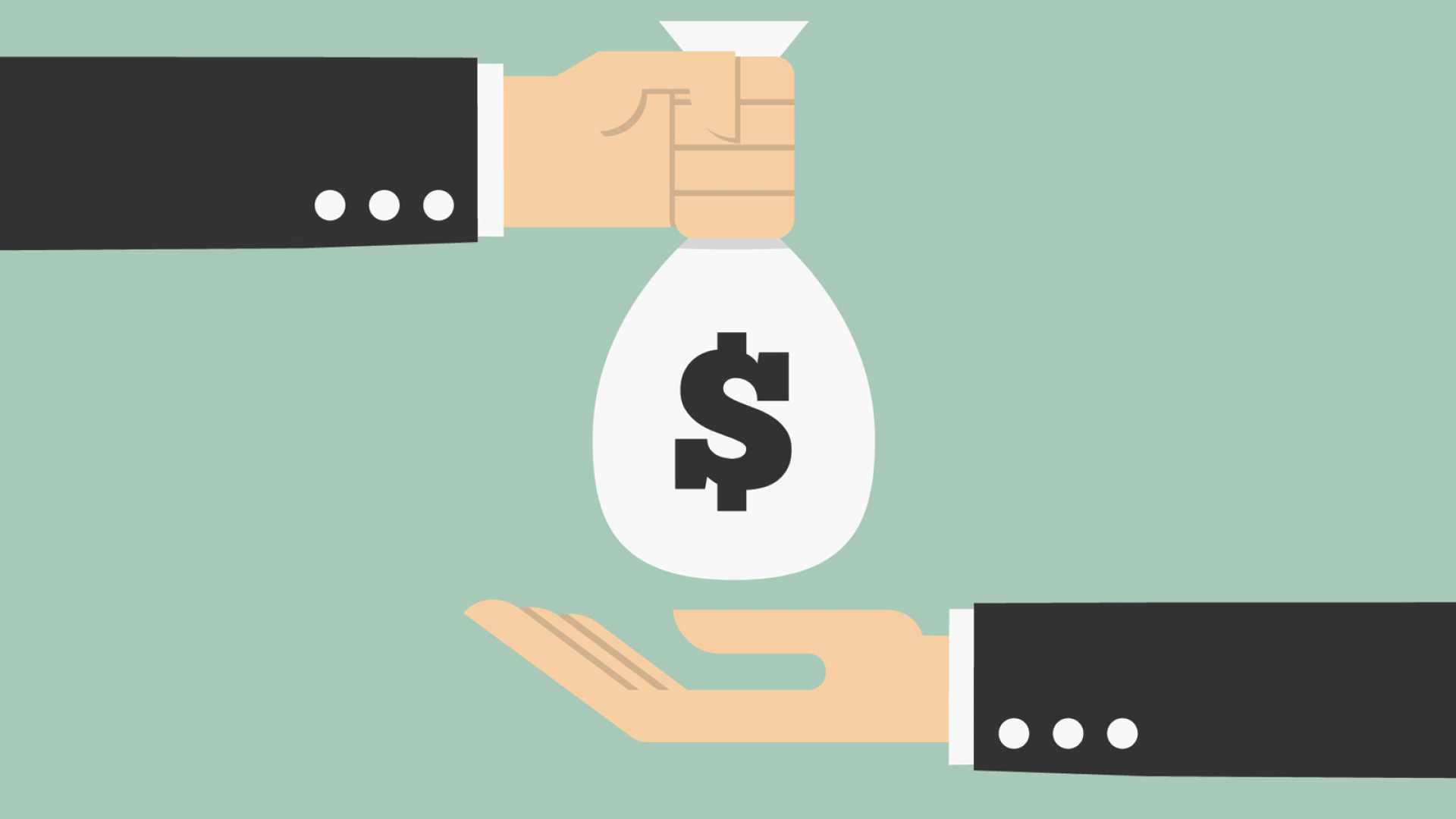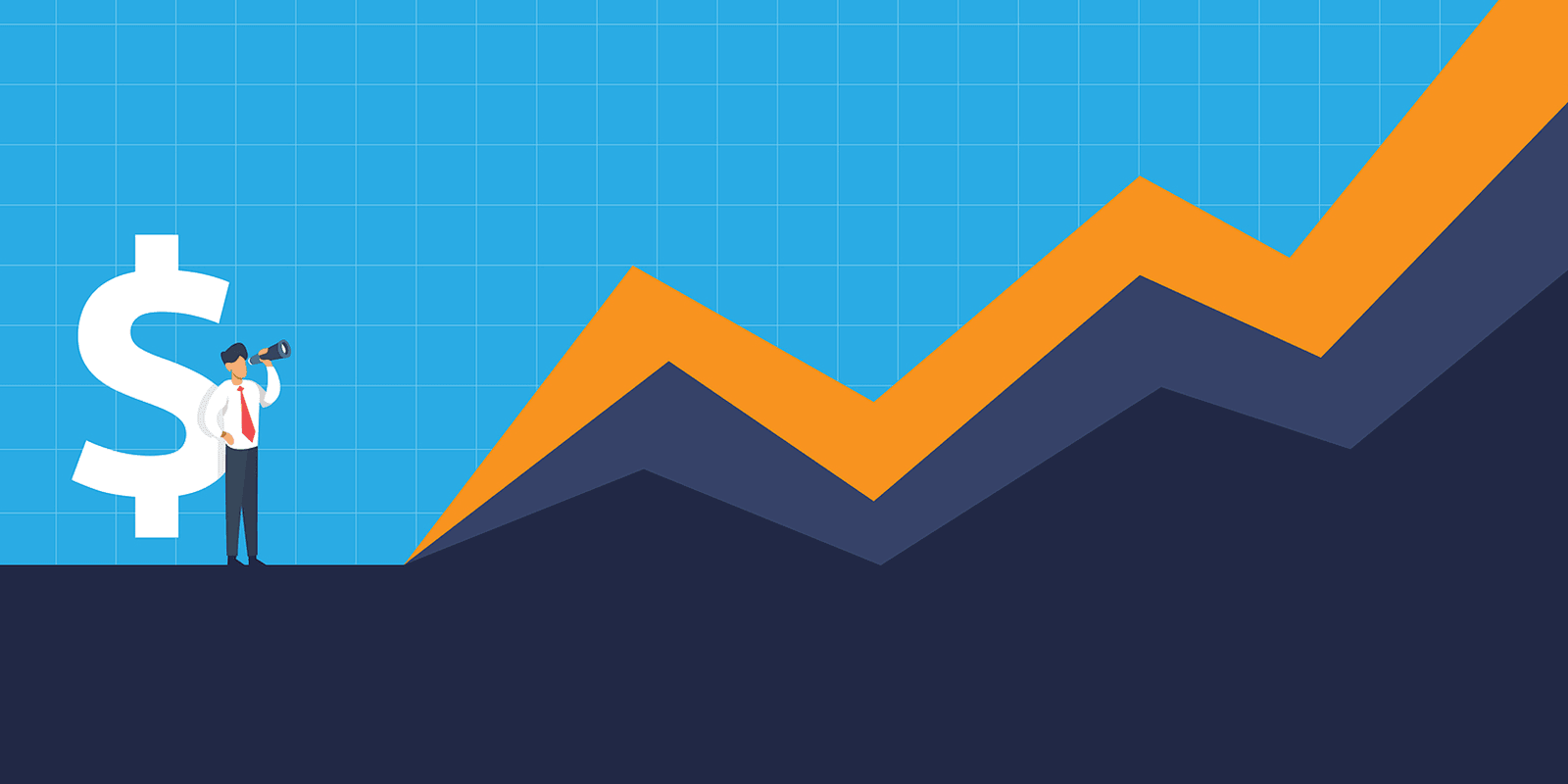Cash or charge? This inquiry is a familiar question when making purchases, and that simple question gets to the heart of the difference between the two main methods of accounting at large to small businesses, whether a company should use cash vs accrual accounting to manage their finances. There's nothing necessarily wrong with using either method for your bookkeeping, and plenty of business owners use one or the other just fine. Depending on the size, scope, or type of business you have, you may prefer to use either type of accounting method for an accurate picture of your company's cash flow.

What's the Difference Between Cash and Accrual Based Accounting?
As you might have suspected from our opening question, your choice of which method of accounting you prefer depends on how you record expenses and income.
Cash Basis Accounting

Under cash basis accounting systems, your bookkeeping reflects the actual amount of money you have at any given point because you only record transactions when they happen.
When a customer pays you for a product or service, that transaction only gets documented when the money hits your bank account. Likewise, business expenses are recorded when cash flows out, not when charged to a credit card.
Accrual Basis Accounting

Unlike cash basis method accounting, Accrual accounting records credit card payments and revenue even during the period of time when the money isn't technically in hand yet. All accounts receivable and accounts payable are treated as assets and liabilities despite the fact that the actual movement of cash hasn't happened yet.
Which One Is Better?

Really, it depends on the size of the organization. Small business owners generally prefer the cash basis of accounting because hey can record revenue immediately. As per the IRS, cash basis accounting can only be done by businesses with no more than $5 Million in sales per year.
This option isn't to say that a small business couldn't use accrual basis accounting, but in most small business accounting situations, it's not necessary. However, businesses can only be professionally audited if they use accrual basis accounting.
Large businesses that have more than $5 Million in yearly revenue must, as per the IRS, use accrual accounting. Because financial statements under accrual accounting reflect when transactions were made rather than when money came in, the company (and, by extension, the IRS) has a clearer picture of their financial health and profitability.
When engaging in tax planning, collecting financial documents at year-end or at the end of each reporting period, the business can better forecast revenue.
Disadvantages of Cash Basis Accounting

Even though a business making less than $5 Million per year doesn't have to engage in accrual basis accounting, they may still want to do so because it offers some distinct advantages over cash basis accounting. Downsides of cash basis accounting include:
Financial Statements Aren't Current
How much income do you have? Just add up cash receipts, right? Well, let's say you sent an invoice in December, but the customer doesn't pay until January. That sale couldn't be counted on your year-end tax return under the cash basis method because you didn't have the money yet in December.
The same goes for charitable giving. If you gave a certain amount to charity in December, but the check didn't clear until the following year, you wouldn't be able to document those tax deductions on the previous year's return, and you'll have to pay taxes you wouldn't otherwise.

It's Not Compatible with Generally Accepted Accounting Principles (GAAP)
GAAP determines whether you can get credit in many situations. Lenders do not like to see financial reporting with the cash basis method. If your business needs a loan, it can be difficult to obtain with cash basis accounting.
Your Business Lives Day to Day
Because cash basis accounting is so focused on short-term time periods, you can't really get a large picture of how your business is doing financially. You may not have the ability to predict when to hire and fire, when to purchase new equipment, or whether you'll be able to continue paying rent on your building.
Advantages of Cash Basis Accounting

To be fair, cash basis accounting works well for many people, and if you're a freelancer or own a small business, it could work well for you. The benefits of cash basis accounting include:
Potentially Favorable Taxable Income Timetable
While you may not be able to make all of the tax deductions and do all of the reporting you'd like, cash basis accounting does make filing income taxes easier. And while you may not be able to report revenue by year-end exactly, that could keep you from having to pay taxes on some revenue you would have to otherwise.
Many businesses start out on a cash basis and switch to an accrual basis later for tax purposes.
It's Simple

With cash basis accounting, there are no accounts payable or accounts receivable. Keeping track of payments may not be time-sensitive for you, and when a transaction doesn't put money in your bank account by year-end, you may not care.
Disadvantages of Accrual Basis Accounting
Just because accrual basis accounting is what large businesses use doesn't mean it's right for your small business. It does have its downsides, including:
It's Complicated

Because a company's income statement shows revenue, expenses, gains, and losses and doesn't differentiate between cash and credit payments, it takes expert bookkeeping to keep future cash and current cash properly documented.
Accrual accounting requires more paperwork and expense regarding the number of personnel, their hours, and the type of accounting software and workstations needed.
It's Inaccurate in the Short-Term
Just as cash basis accounting isn't accurate in the long term, accrual basis accounting has the opposite problem. Knowing where a business stands in terms of liquid, usable cash can be difficult to impossible because accounts payable may be assets, but they don't represent cash in hand.
Advantages of Accrual Basis Accounting

The positives of accrual accounting outweigh the negatives for many small businesses, and of course, large companies don't have a choice. Some of the advantages include:
Accurate Picture of Finances
Even though the short-term view may be skewed, the long-term view is the one that most often counts. Companies that want a clear idea of their profitability and cash flow use accrual basis methods. This approach lets businesses plan farther into the future in terms of staff numbers, product changes, and expansion into new markets.
It's Compatible with GAAP

With accrual basis accounting, your business is far more likely to get loans. Lenders want to see the totality of your company's profitability, and that's only possible when accounts receivable and accounts payable are taken into account.
It's Required
This stipulation may not sound like a plus but think of it this way: If your business adopted accrual basis accounting during its growing phases, once it becomes a large business, there's no change that needs to occur. Your business would be ready to make the transition without revamping its bookkeeping and accounting practices.
What About C-Corporations?

Ah yes, it seems like there are always exceptions, aren't there? The Tax Cuts and Jobs Act (TCJA) changed the rules slightly to allow more companies to use the cash basis method.
C-corporations, as well as companies in partnerships with C-corporations, are allowed to use the cash basis accounting method as long as they pass the "gross receipts test" within the Internal Revenue Code (“IRC”) §448.
If the corporation or partnership averages its gross receipts for the prior three years and finds that they do not exceed $25 Million, then they qualify.
It must be said that "tax shelters" are still not allowed to use cash basis accounting regardless of average gross receipts. Tax shelters are enterprises that have to register with the government if it sells an interest in itself (excluding C-corporations), syndicates, and tax shelters that fall under IRC §6662(d)(2)(C)(ii).
What About Hybrid Accounting?

You can choose which part of your bookkeeping uses a cash basis and which uses an accrual basis (assuming you're a small business, of course). You could use an accrual basis for your inventory and a cash basis for income, for example.
If you choose this route, it's best to set up your accounting method with a CPA. You want to ensure you can keep track of your cash flow accurately, and it can be not very clear to have some cash documented only when it arrives in your bank account while documenting your inventory on a credit basis.
What If I Want My Business To Switch?

No problem! If your business has broken into separate pieces that no longer have any stake in or partnership with each other and you're now small enough to do cash basis accounting, then do it.
You can reduce your costs and make tax filing and financial documenting easier. If your business is getting big enough to where it makes sense and you can afford the accounting staff, then move to accrual accounting.
What you can't do is switch methods in the middle of a tax year. The IRS requires businesses to use the same approach to report income for an entire year, so you'll have to wait until year-end to make the change.
Visit HappyAR to learn more about how we help our clients supercharge their AR collections process and results.
